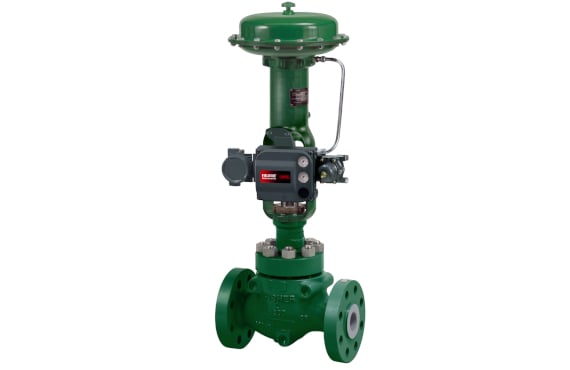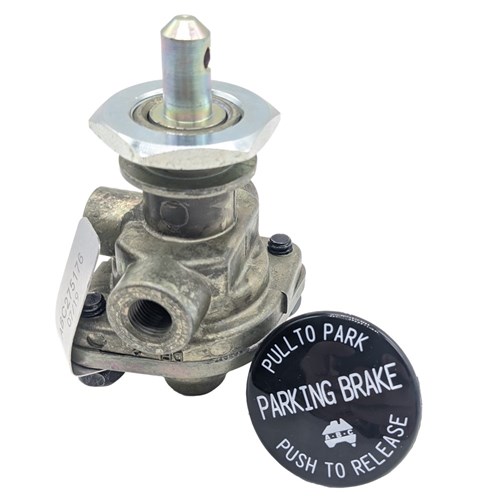
Maximize Power Cost Savings and Comfort With Advanced Building Automation Controls
In the world of modern design and facility administration, the integration of advanced structure automation regulates stands as a crucial innovation. The merging of modern technology and sustainability has actually birthed a new age where energy efficiency, comfort optimization, and functional streamlining are no much longer distant aspirations yet attainable truths. By using the power of automation, buildings can adapt, react, and evolve in manner ins which were when unthinkable. The potential for substantial power cost savings and enhanced convenience is not just a guarantee but an opportunity waiting to be fulfilled. This standard shift in structure administration holds the key to opening a world where ecological conscientiousness and occupant wellness harmoniously coexist within the walls of our structures.
Power Efficiency Conveniences
Power effectiveness advantages can substantially reduce energy usage and operational costs in buildings. Energy-efficient systems, such as sophisticated structure automation controls, can enhance the use of sources like air conditioning, home heating, and lights, leading to lower energy expenses over time.
In addition, boosted energy efficiency can prolong the life-span of building equipment and systems. By running much more successfully, HVAC systems, lighting components, and other structure elements experience much less damage, leading to reduced maintenance and substitute costs. In addition, energy-efficient buildings frequently regulate higher building values and rental prices, supplying long-term monetary advantages to owners.
Furthermore, energy efficiency can improve owner convenience and productivity. Effectively managed interior environments with optimum illumination and thermal conditions develop a more enjoyable and conducive work area, leading to improved staff member fulfillment and efficiency. In general, the energy effectiveness advantages associated with advanced building automation controls are diverse, incorporating price savings, environmental stewardship, and resident wellness.
Improved Comfort Control
Enhancing convenience control in building atmospheres calls for an innovative assimilation of advanced automation systems for optimal occupant well-being. By utilizing sophisticated structure automation controls, facilities can tailor the indoor environment to meet the specific demands and choices of passengers. These systems allow specific guideline of ventilation, lights, and temperature, developing a comfortable and efficient ambience. Passenger fulfillment and performance are closely linked to thermal convenience, making it necessary to have systems in place that can adapt to changing problems in real-time.
Boosted convenience control exceeds basic temperature level modifications. It includes features such as customized setups, tenancy sensors, and all-natural light application to produce a vibrant and receptive atmosphere. By including these advanced controls, buildings can not only improve convenience however additionally boost energy performance by optimizing system operations based upon real tenancy and usage patterns. Ultimately, prioritizing resident comfort through innovative automation systems causes an extra satisfying and healthier interior atmosphere.
Functional Efficiency Improvements

Moreover, the implementation of real-time monitoring and analytics devices enables structure drivers to determine energy ineffectiveness and functional abnormalities without delay. By constantly keeping track of energy use patterns and system performance metrics, changes can be made in real-time to optimize energy usage and ensure peak operational effectiveness. control valves. Additionally, incorporating demand reaction strategies into building automation controls can even more improve functional performance by dynamically readjusting power use based web upon grid problems and rates signals
Indoor Environment Optimization
Efficient interior environment optimization is an essential facet of building automation controls, making sure owners' convenience and health while taking full advantage of power cost savings. By utilizing innovative sensors and controls, building automation systems can constantly keep track of and change temperature level, moisture degrees, air top quality, and air flow to produce an ideal indoor setting. Maintaining constant and comfortable problems not just boosts occupant complete satisfaction however likewise increases efficiency and total well-being.
Interior environment optimization also plays a critical duty in energy efficiency. By fine-tuning ventilation, heating, and air conditioning systems based on real-time information and tenancy patterns, constructing automation controls can considerably reduce energy usage - control valves. For circumstances, executing techniques such as demand-controlled ventilation and thermal zoning can assist lessen power waste while making certain that each location of the building obtains the needed conditioning.

Sustainable Setting Development
Building automation manages not only enhance indoor climate conditions for power performance and owner convenience yet additionally lay the structure for producing a lasting setting via critical management of sources and systems. By incorporating sophisticated building automation modern technologies, such as sensing units, actuators, and intelligent software, facilities can readjust and check power use in real-time to decrease waste and minimize their carbon impact. These systems allow anticipating upkeep, determining potential problems prior to they escalate and enhancing equipment efficiency to improve long life and efficiency.
Furthermore, sustainable setting production expands beyond energy monitoring to incorporate water preservation, waste decrease, and interior air high quality renovation. Building automation controls can control water usage, identify leakages, and guarantee correct garbage disposal methods, adding to general sustainability efforts. In addition, by keeping an eye on and controlling ventilation and filtration systems, these modern technologies enhance resident wellness and productivity while reducing power consumption connected with a/c operations.
Final Thought
In conclusion, advanced structure automation controls deal substantial benefits in regards to energy savings, comfort control, operational performance, indoor environment optimization, and producing a lasting atmosphere. By applying these controls, buildings can accomplish optimal performance while decreasing power intake and enhancing resident comfort. It appears that making use of advanced automation modern technology is critical in boosting building performance and developing a much more lasting future.
Power efficiency advantages can substantially reduce power intake and operational prices in buildings. In general, the power performance advantages linked with sophisticated building automation controls are multifaceted, incorporating price savings, environmental stewardship, and passenger health.
Furthermore, including need reaction techniques right into structure automation controls can additionally improve operational performance Your Domain Name by dynamically changing power usage based on grid problems and pricing signals.
Structure automation controls not only enhance indoor environment conditions for energy performance and owner comfort but likewise lay the foundation for producing a lasting setting via calculated administration of systems and sources.In final thought, progressed building automation regulates offer considerable advantages in terms of energy financial savings, convenience control, functional effectiveness, interior climate optimization, and producing a lasting environment.
Comments on “Understanding the Importance of Control Valves in Process Automation”